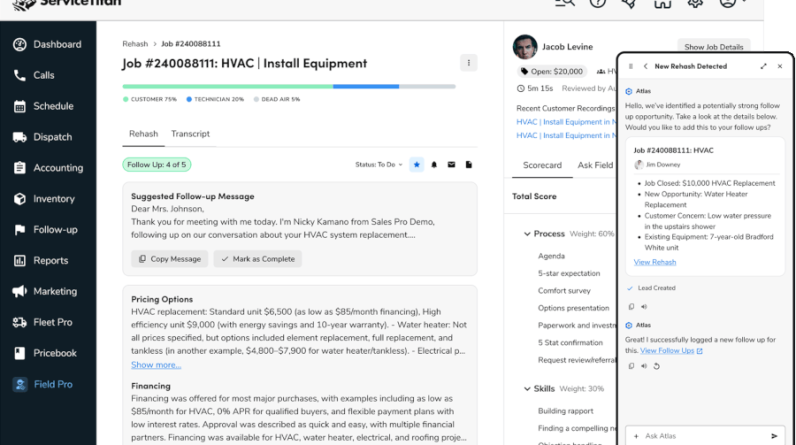John Costello
Courtesy of Cherry’s Industrial Equipment
In the materials handling and manufacturing world, there are big changes on the horizon as to how these facilities and warehouses will operate in the future.
Advances in technology, coupled in particular with harnessing the power of artificial intelligence (AI) will help run the facilities of the near future in ways we couldn’t previously have imagined. And as manufacturing facilities are upgraded, these upgrades should be guided by several considerations: seeking peak efficiency while striving for improved workplace safety.
Safety and efficiency must work hand in hand. Having the best, state-of-the-art customized equipment on the floor of the facility is a key component of how that can happen.
Because no two manufacturing facilities are the same, the specific requirements of a plant that warehouses automotive parts, for example, might differ significantly from one whose main business is warehousing and transporting pharmaceuticals or dairy products. Equipment tailored to a specific environment allows a plant to maximize its potential by using every square foot of space efficiently and reducing wasted time and effort.
The equipment that warehouse operators use to move materials — forklifts, tippers, inverters and so forth — may soon be enhanced by technological advancements that should lead to greater efficiency and workplace safety. Here are some of the options:
• Autonomous robots: AI-powered autonomous robots equipped with computer vision and machine learning capabilities may become commonplace, helping to navigate warehouses, transport goods, and perform tasks like picking and packing with high precision and efficiency. These robots could work alongside human employees or independently, depending on the specific requirements of the warehouse.
• Automatic Guided Vehicles (AGVs) are automated transport systems that function as unmanned vehicles. They can use laser cameras, floor markers, and wires to travel within the warehouse or distribution center. Some of their most important functions include pallet, rack, and other container storage, and even functions that control and automate the entire receiving process.
• Servitization through Human-Machine Interfaces (HMI) will become increasingly present in the design of warehouse equipment in the future. Robust hardware and powerful software soon will exist to provide a visual interface and communication that allows warehouse operators to monitor and control equipment and systems including conveyor belts, robotic arms, and sorting systems. HMIs with communication nodes allow machine operators to see real-time feedback on the status of the equipment, showing whether the equipment needs repair or a part replacement. The HMIs can communicate directly to the equipment dashboard for maintenance reminders and scheduling. Some HMIs will enable remote monitoring and control, allowing supervisors or maintenance personnel to access and manage warehouse equipment from a central location. This feature can be particularly valuable for troubleshooting and maintenance. HMIs may also include safety features, such as emergency stop buttons.
• Predictive maintenance: AI can be deployed to monitor the condition of warehouse equipment and machinery, predicting when maintenance is needed to prevent breakdowns and reduce downtime. HMI devices can communicate to dashboards for maintenance. Customers can choose to activate or not. Some components will be able to identify if there is a problem with a machine even before it is turned on.
• Safety features: The warehouse machines of the future may include enhanced safety features such as advanced collision avoidance systems, and machine vision for identifying safety hazards.
• Highly automated picking tools: Picking automation elements will be integrated into the flow. Tools can include voice-automated order picking, robotic order picking, and pick-to-light.
• Computer vision systems, powered by AI, will enable real-time tracking of inventory and help warehouses to maintain accurate inventory records and identify missing or misplaced items quickly.
• 3D Printing: As 3D printing becomes more commonplace, you may see warehouses implement this strategy to customize packaging and certain parts, which could be particularly useful for small quantities of what is needed and help with inventory control.
Manufacturers are an essential part of our nation’s economy and some might say that the industry has lagged behind others in modernizing. As technology continues to advance, our industry will benefit from it, as will the end users of the products that we manufacture and sell. And that’s good news for everyone.
• John Costello is CEO of Cherry’s Industrial Equipment, a Roselle-based engineering company that solves workflow problems and safety issues, and creates ergonomic solutions across a wide range of industries.






